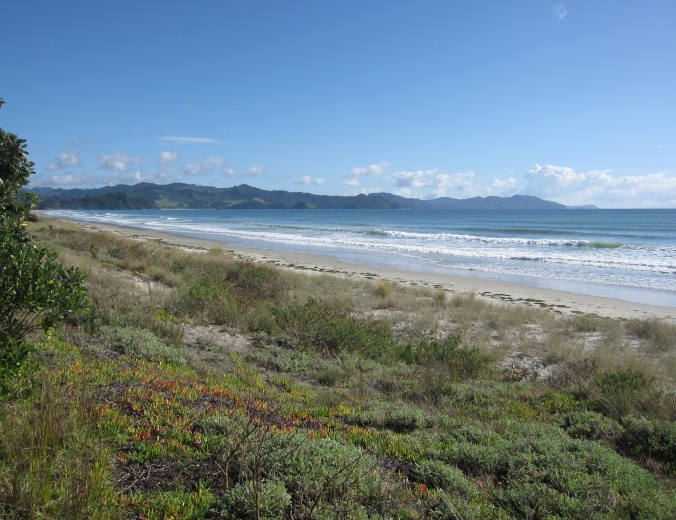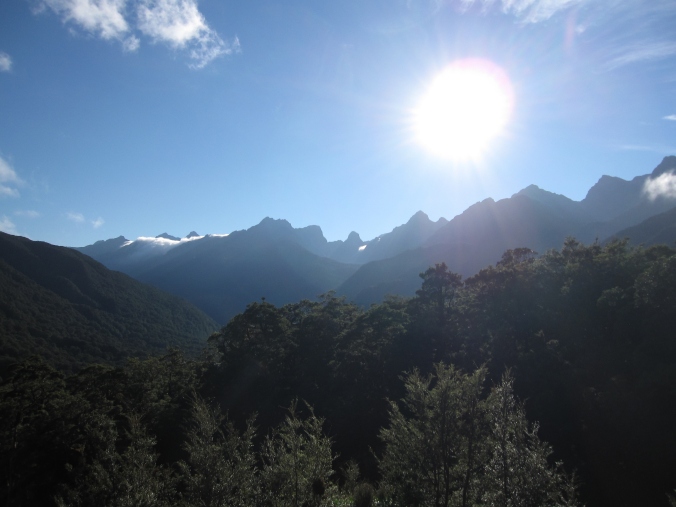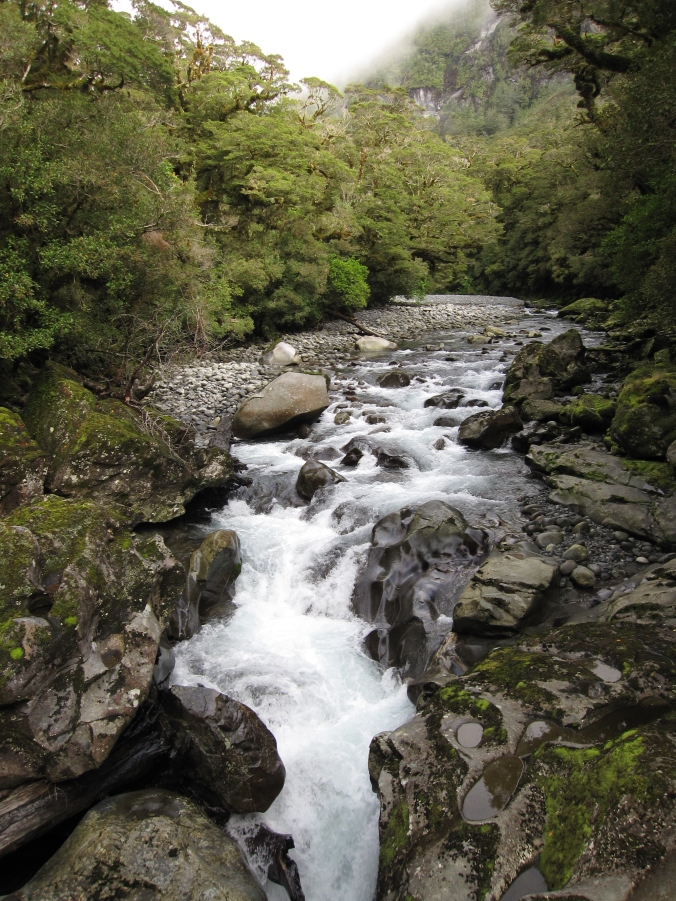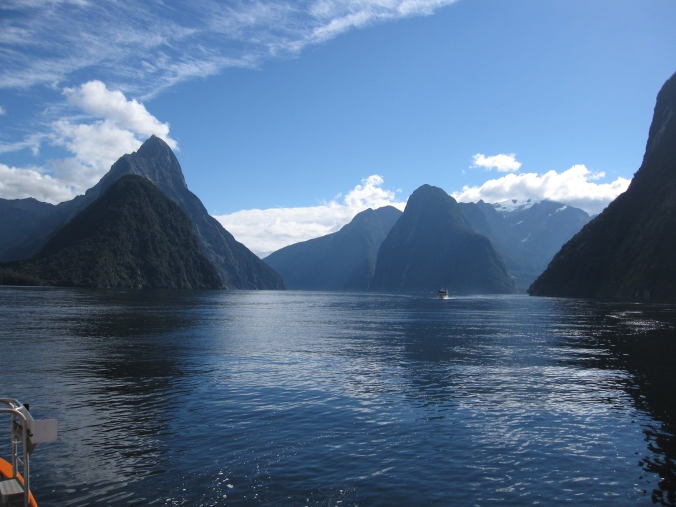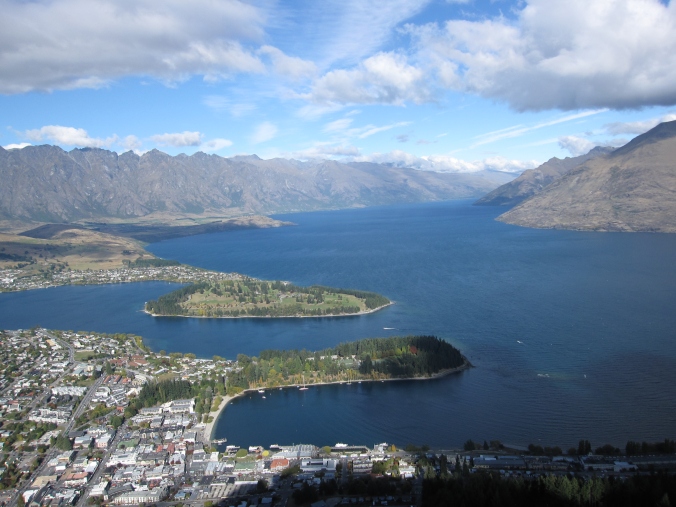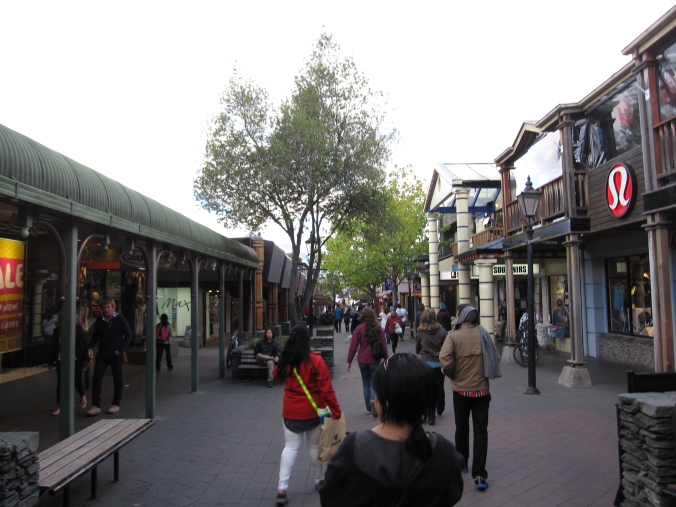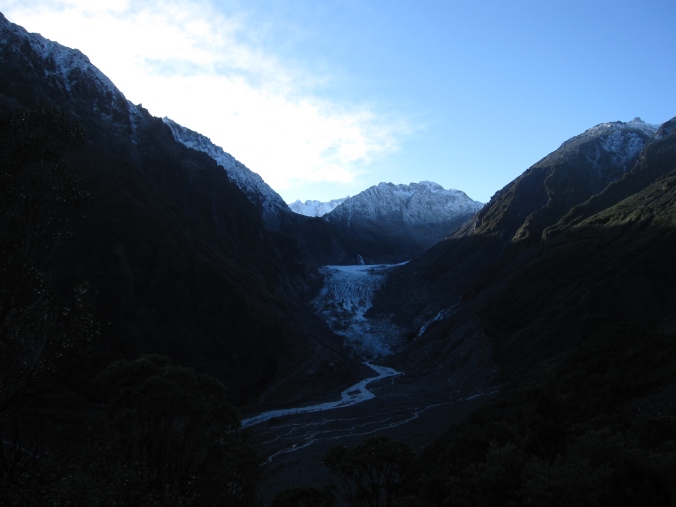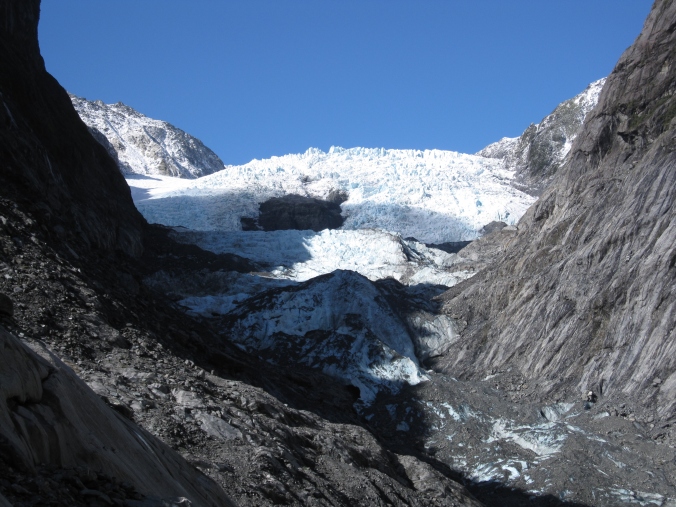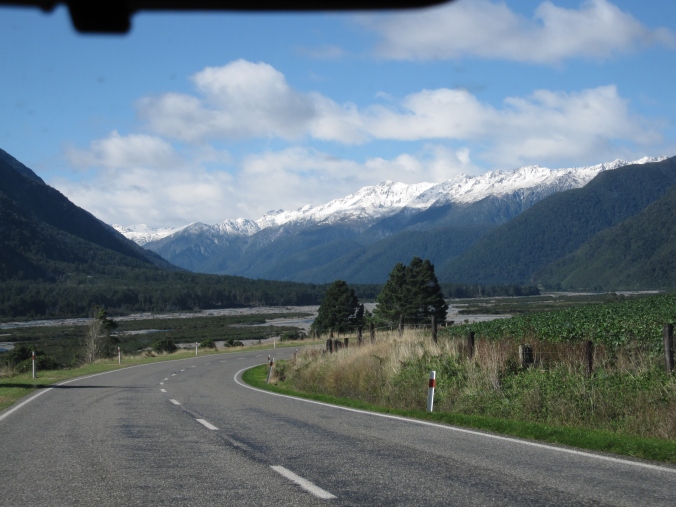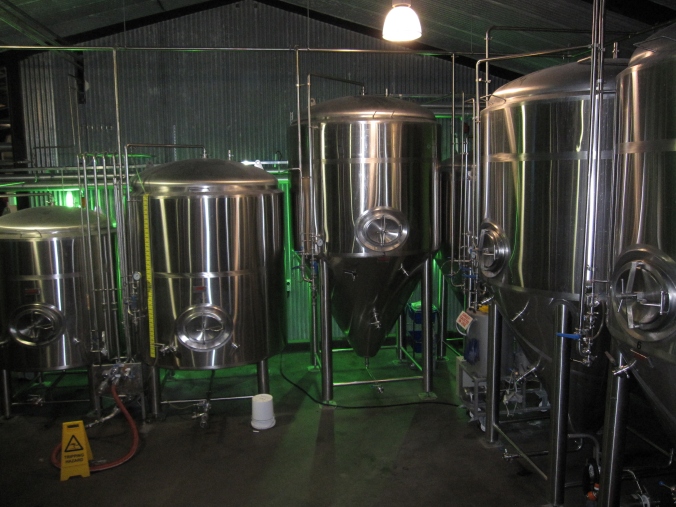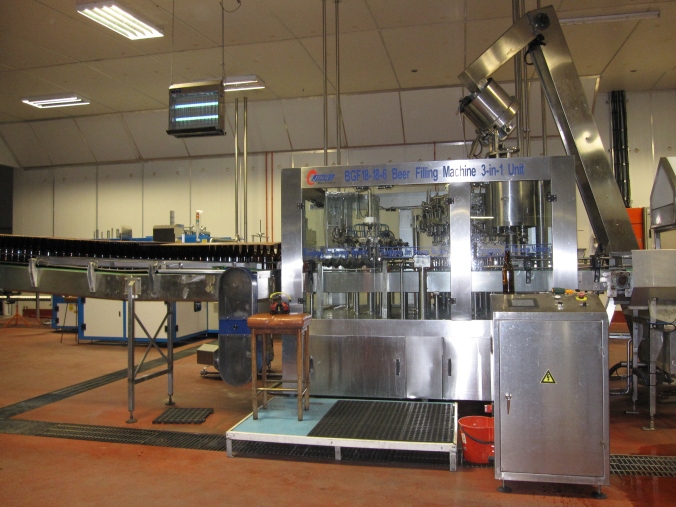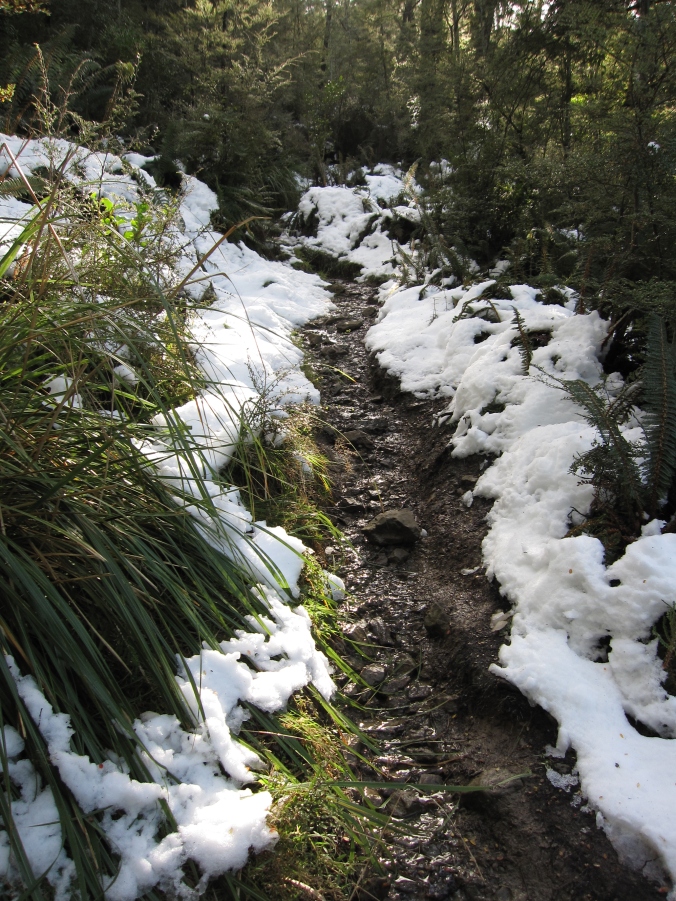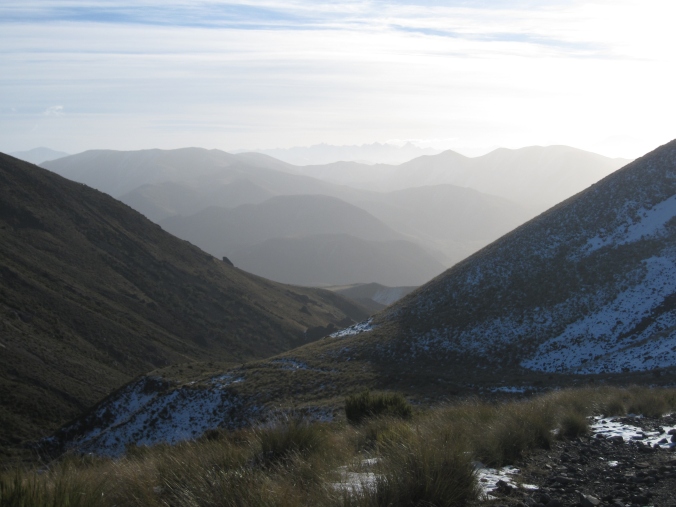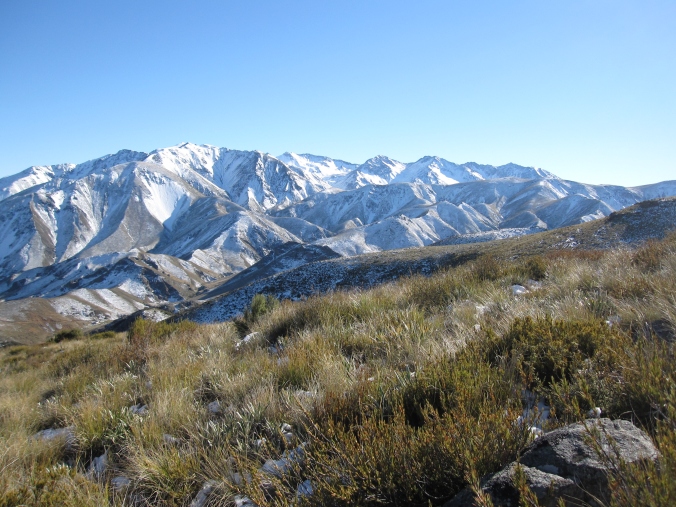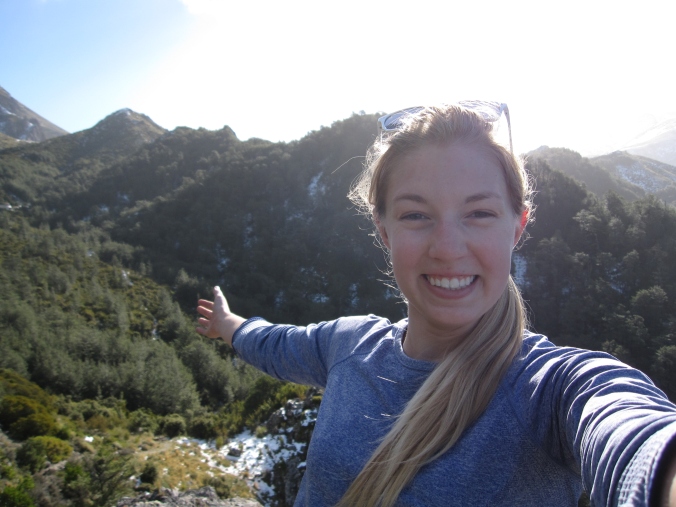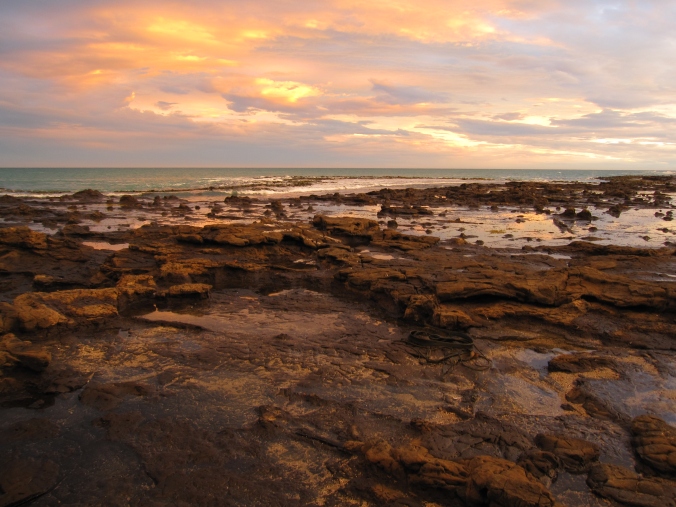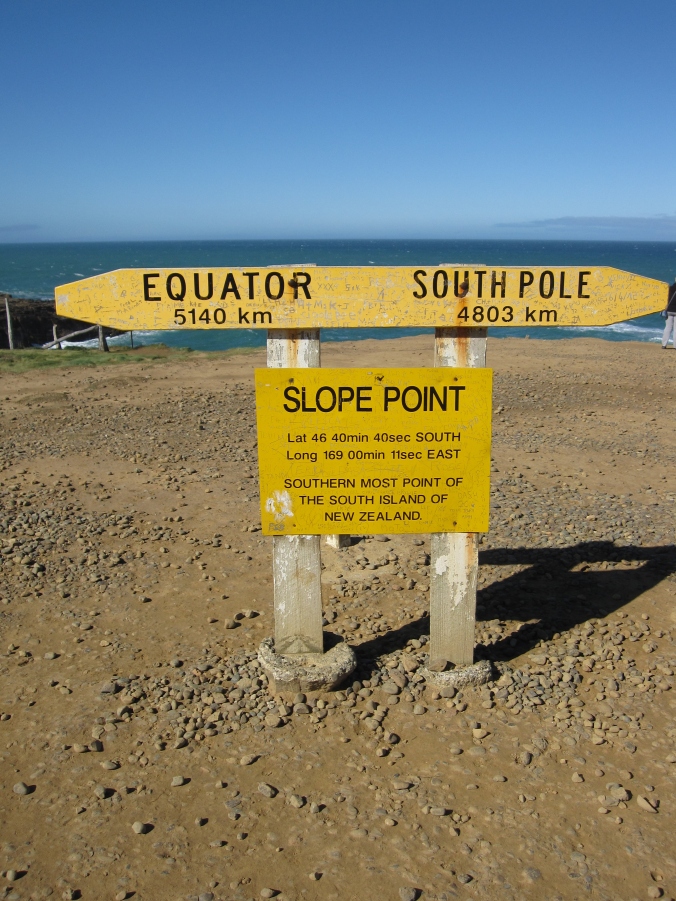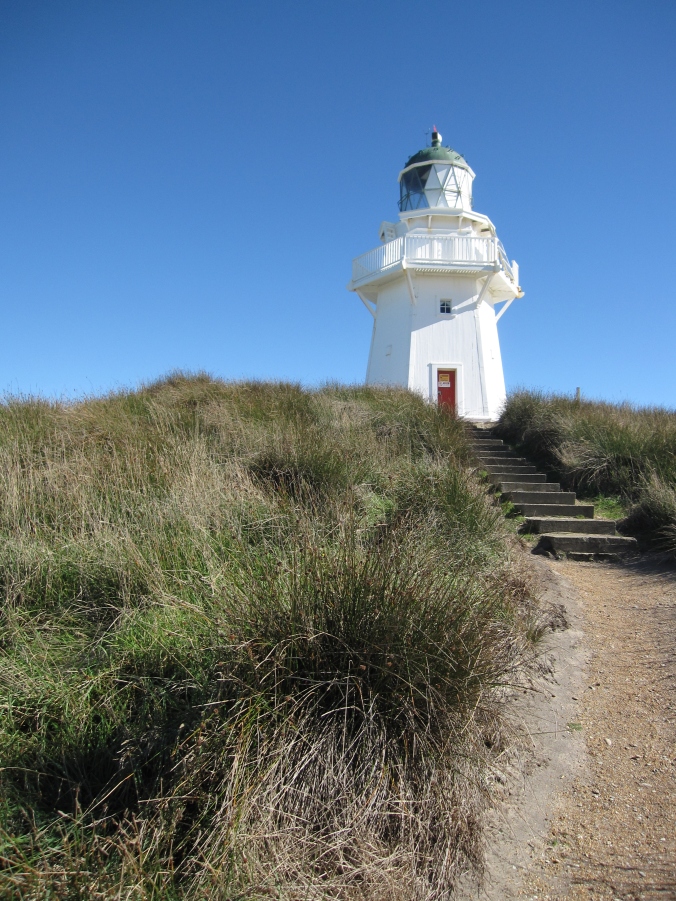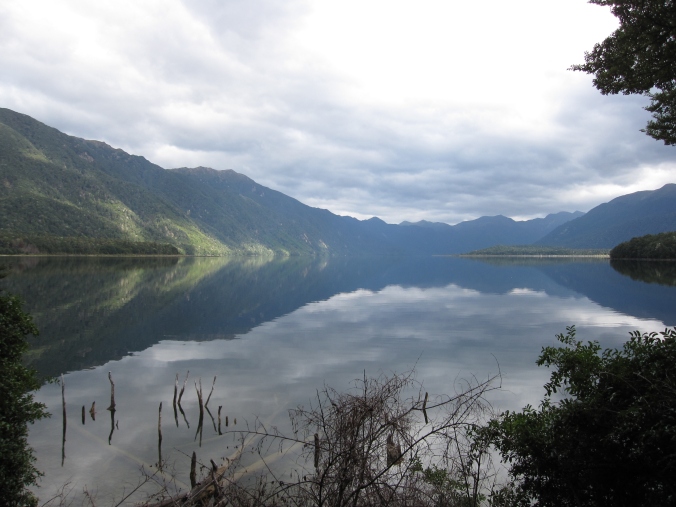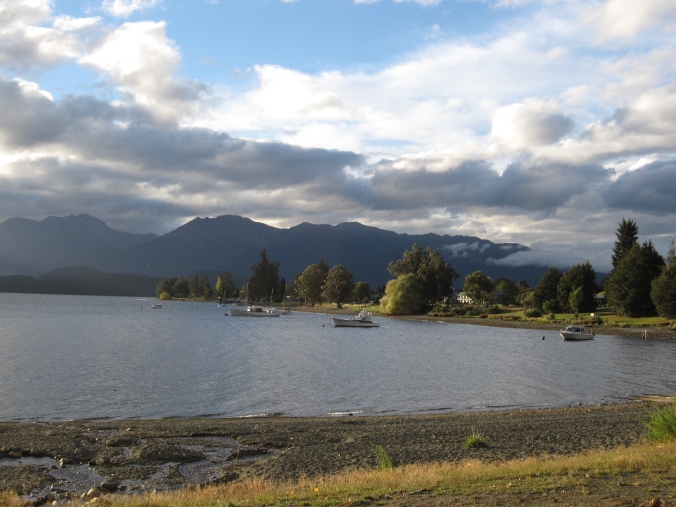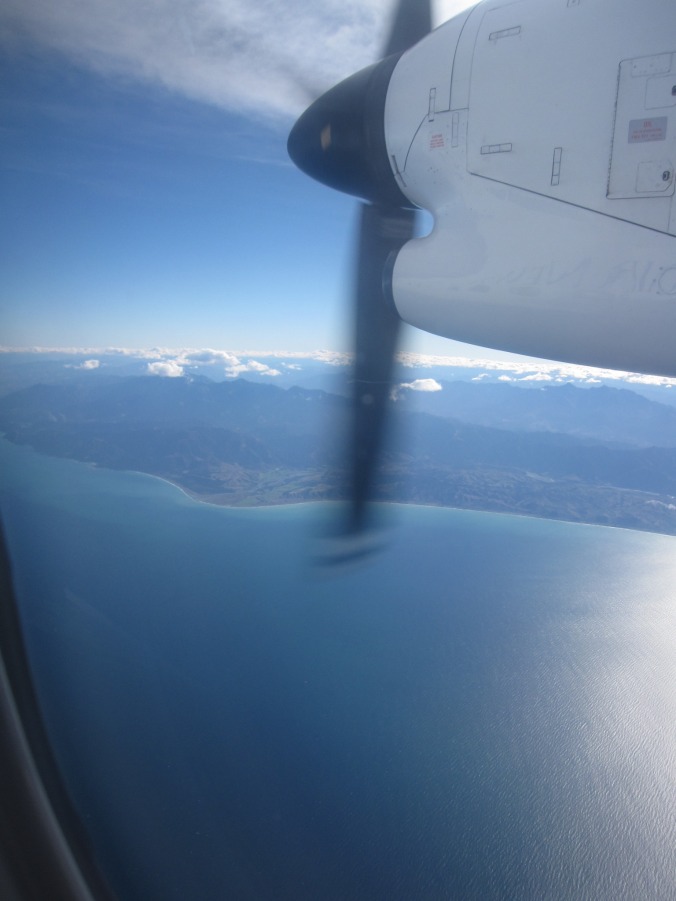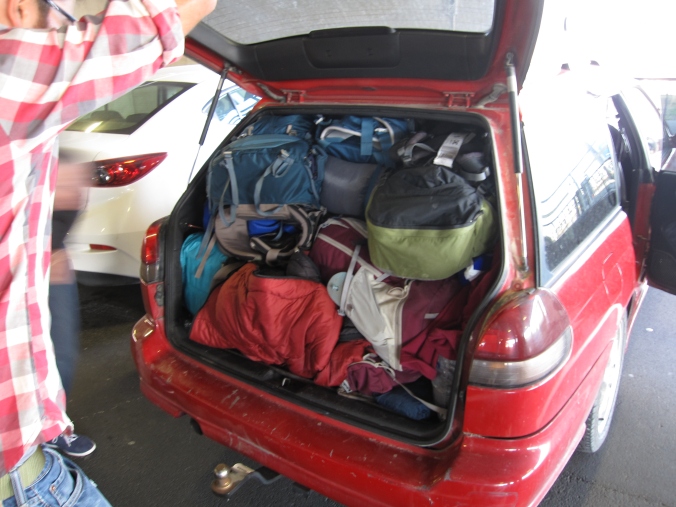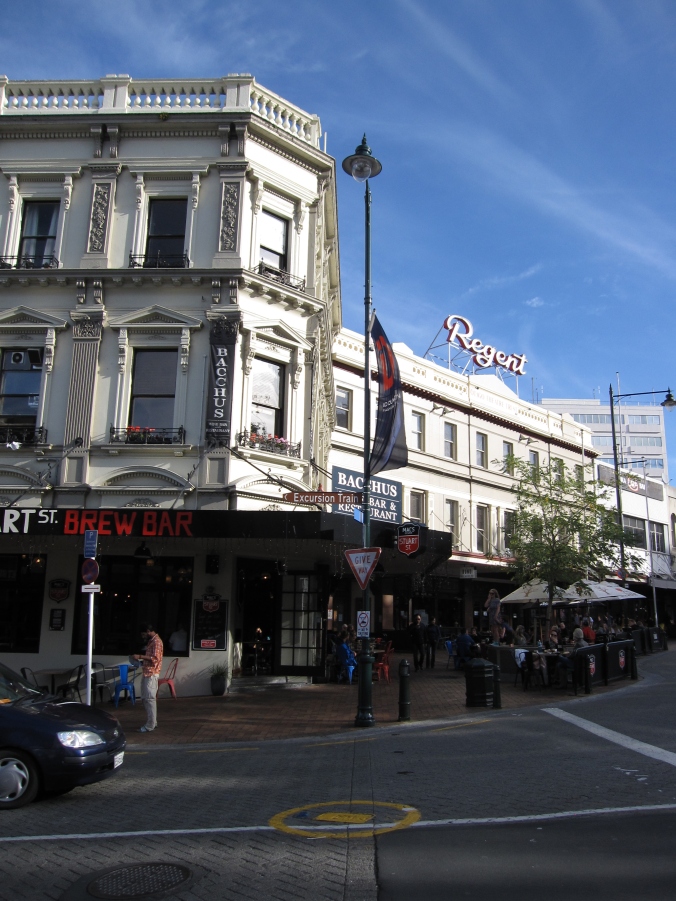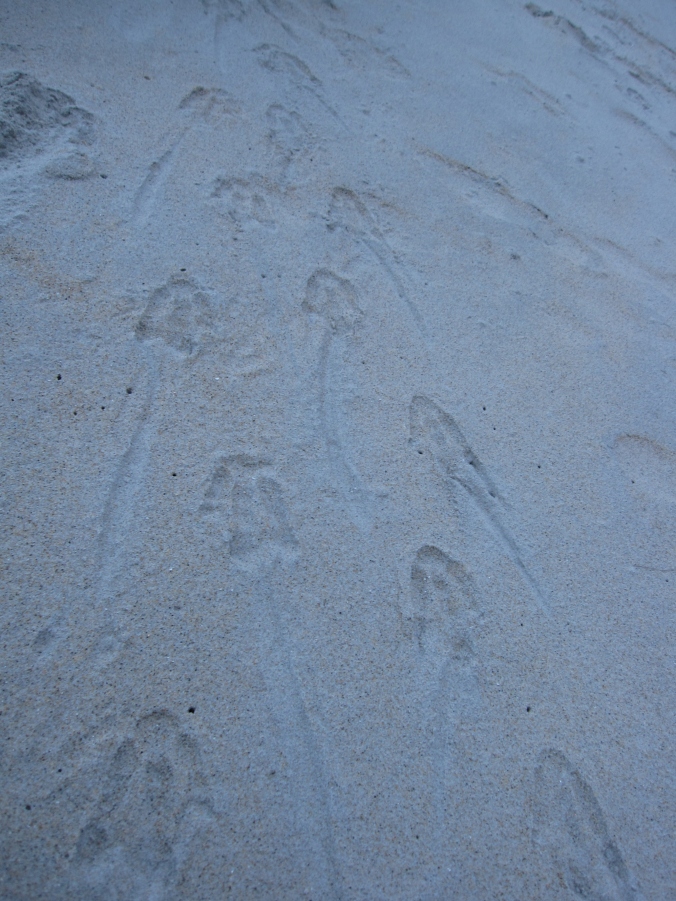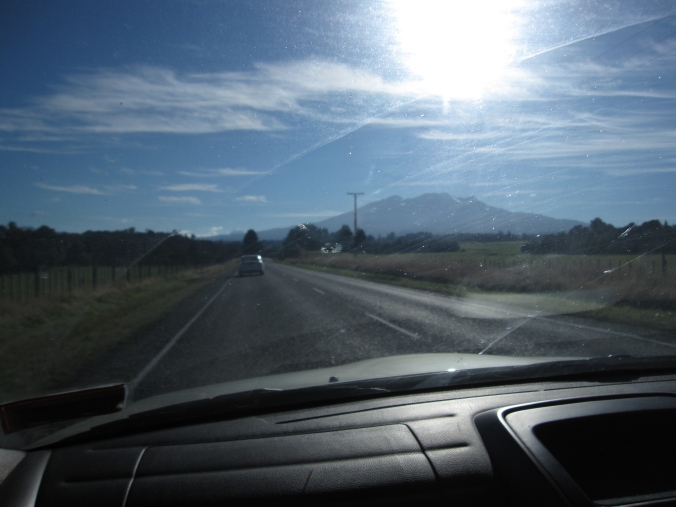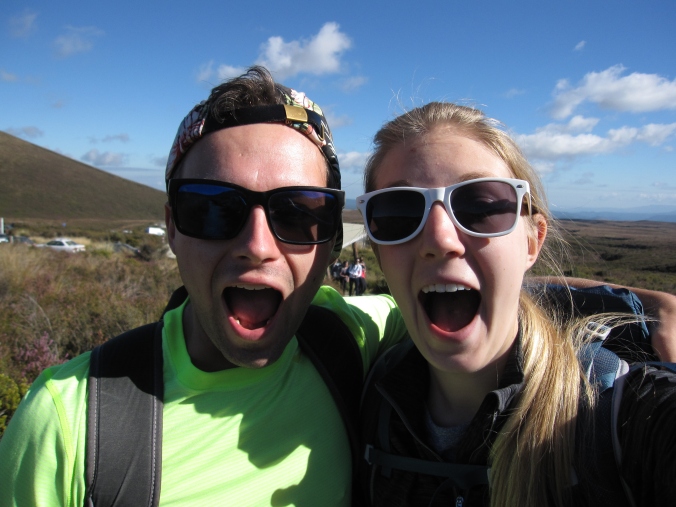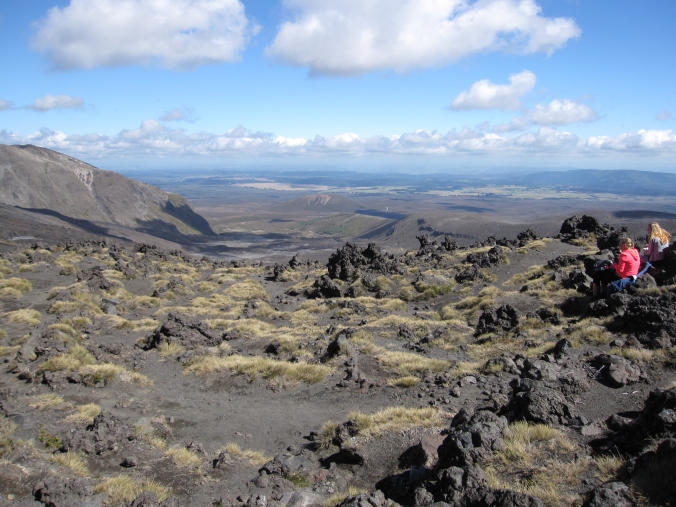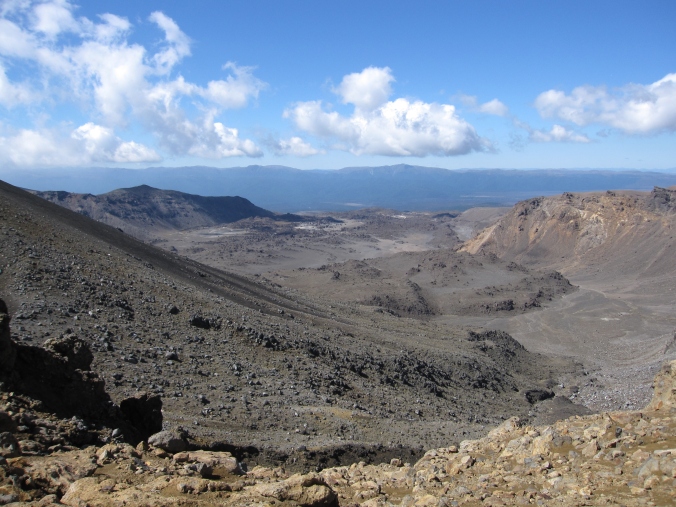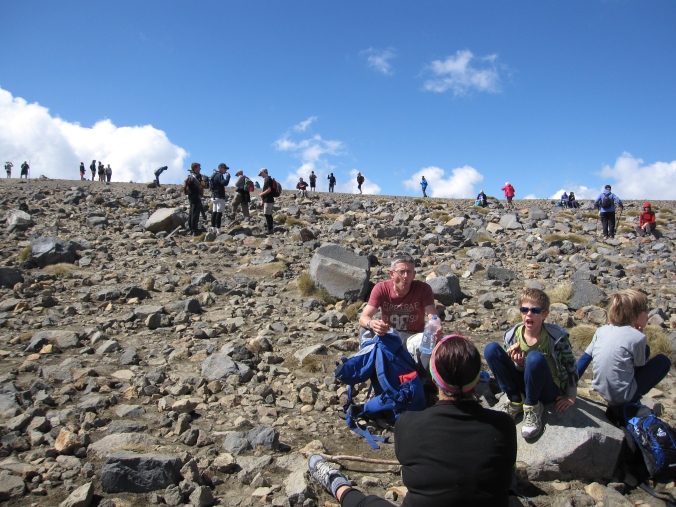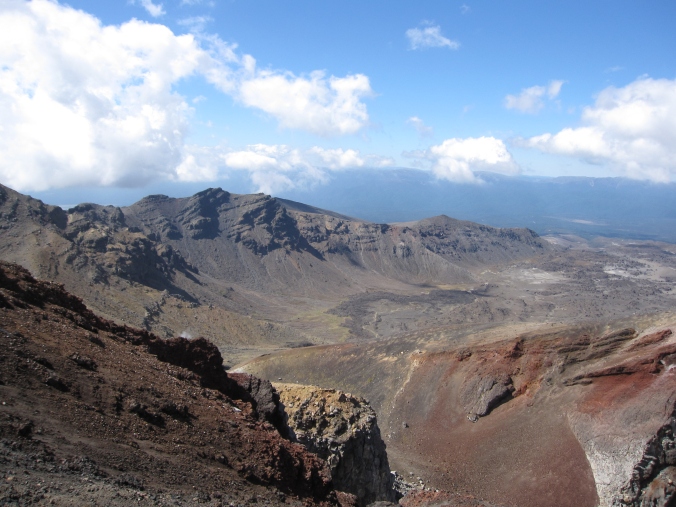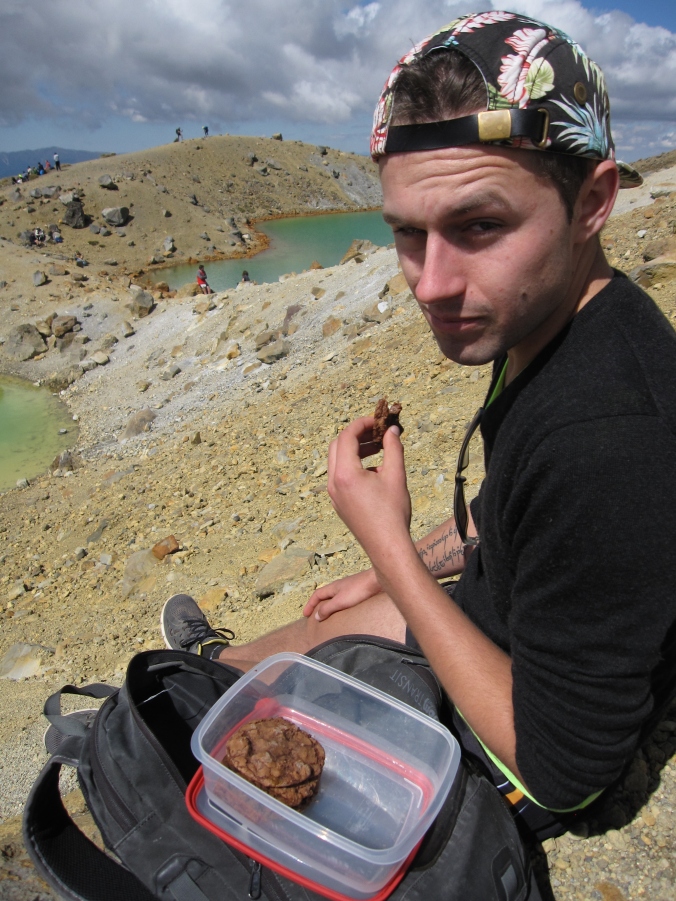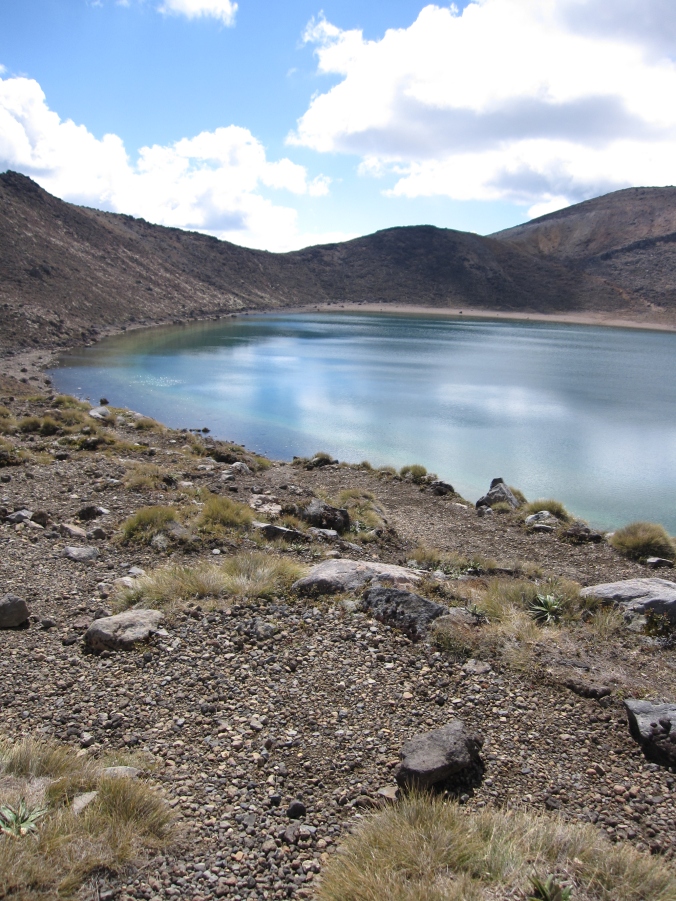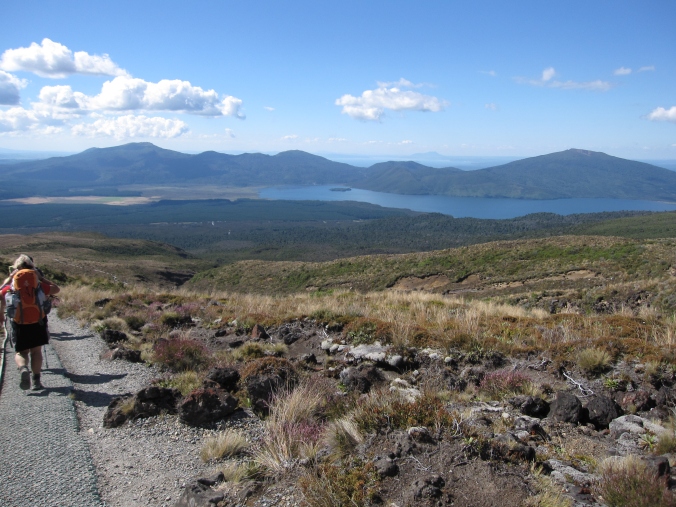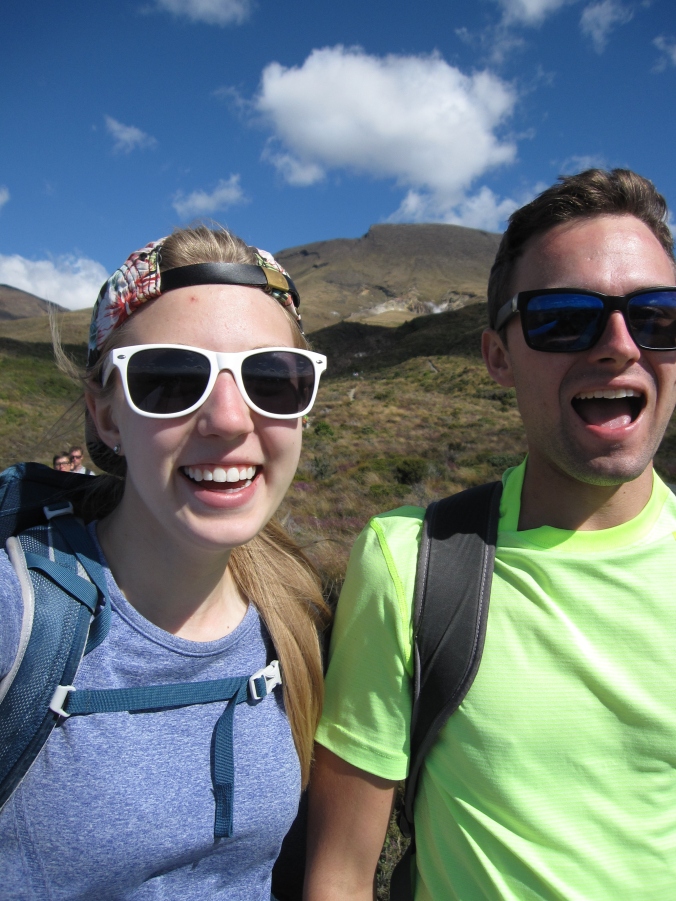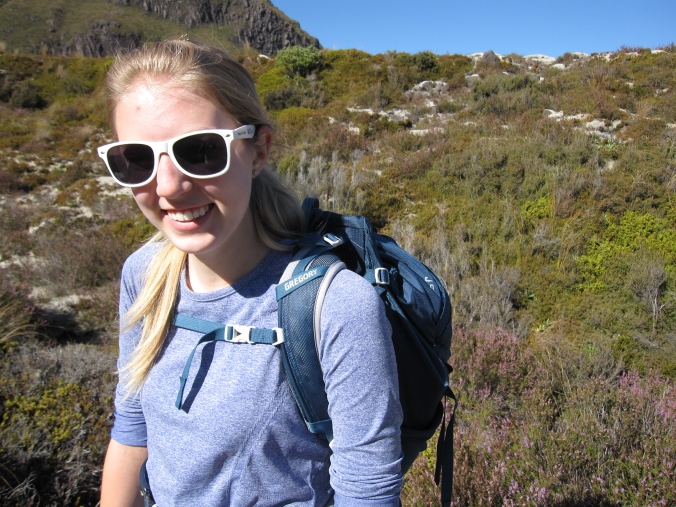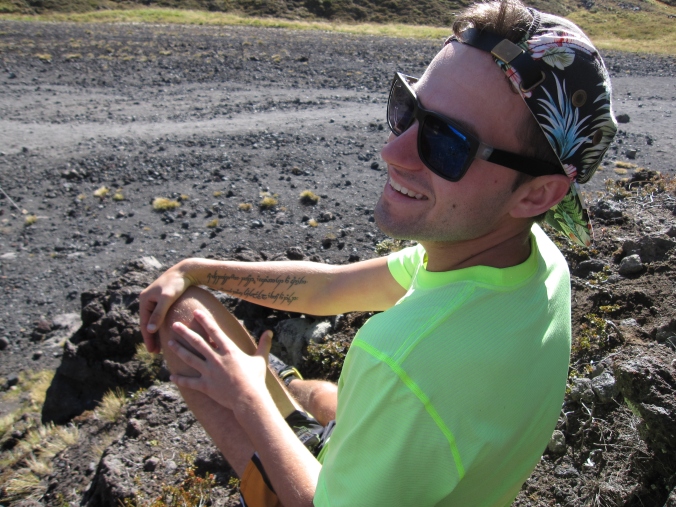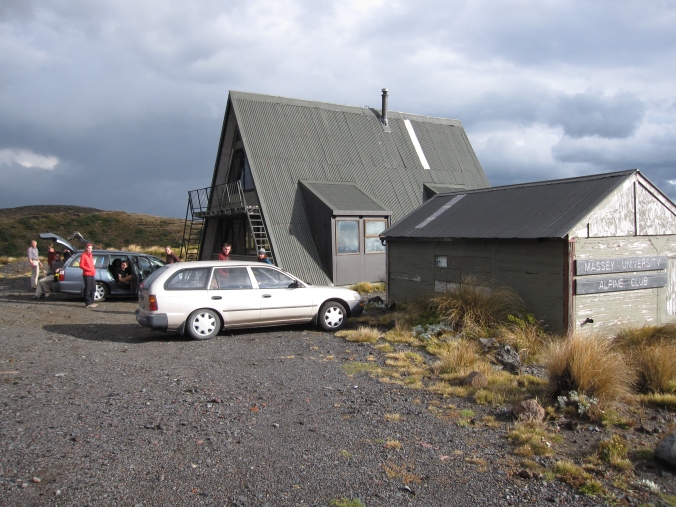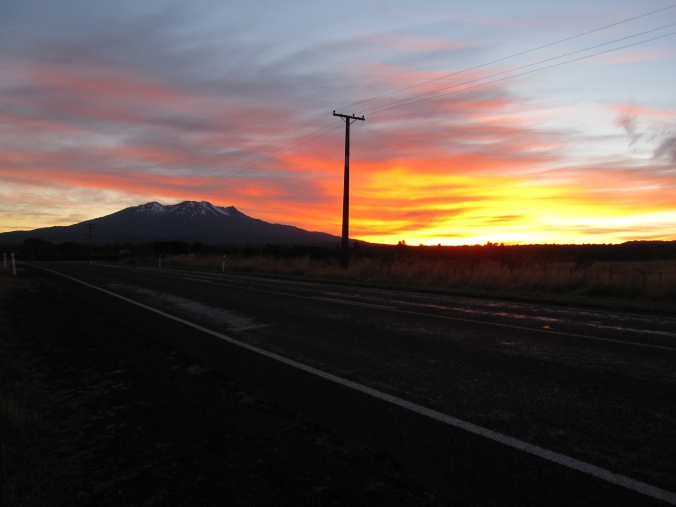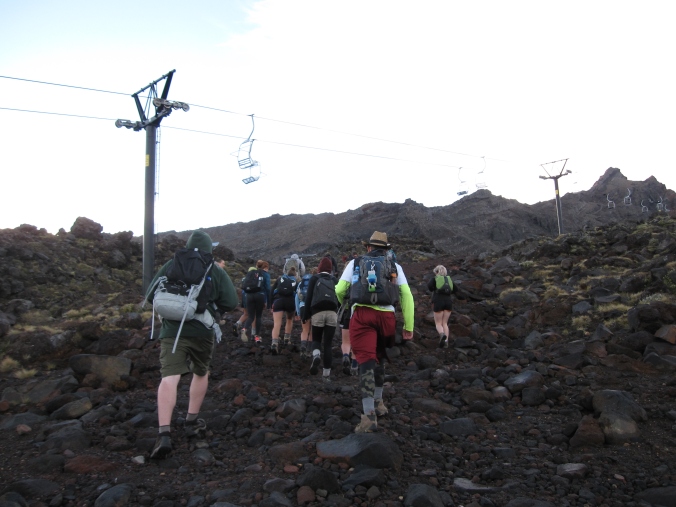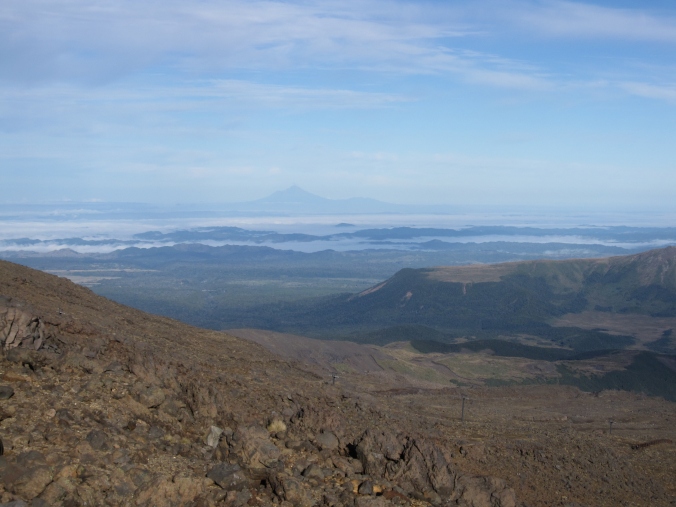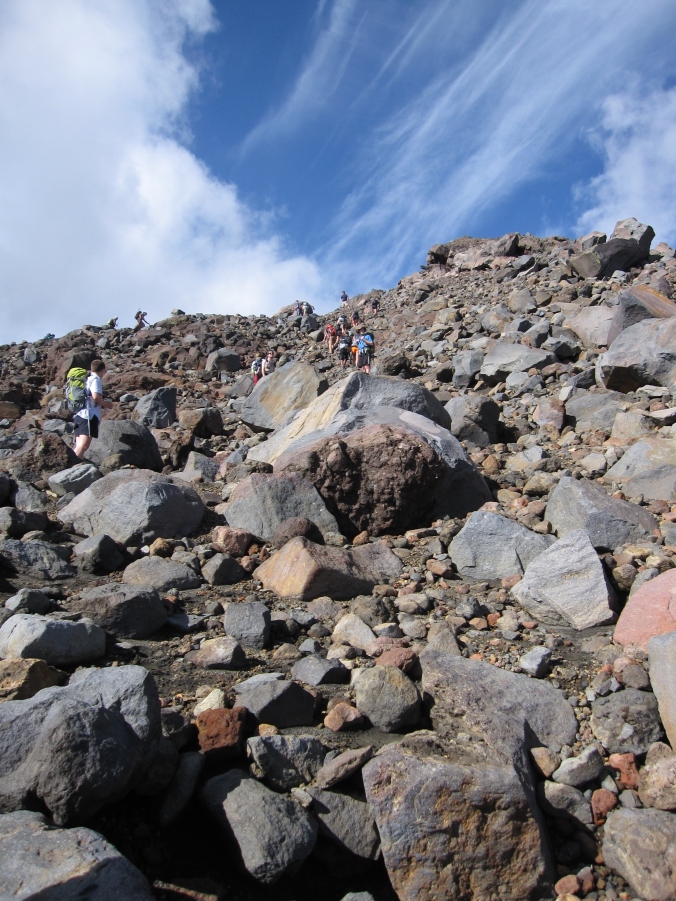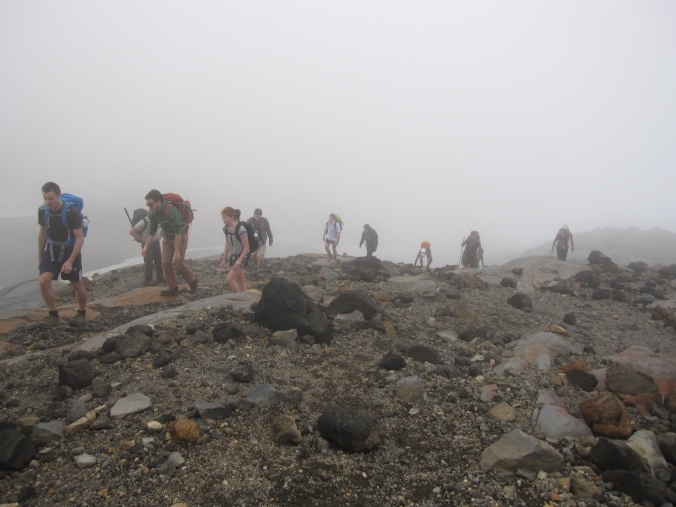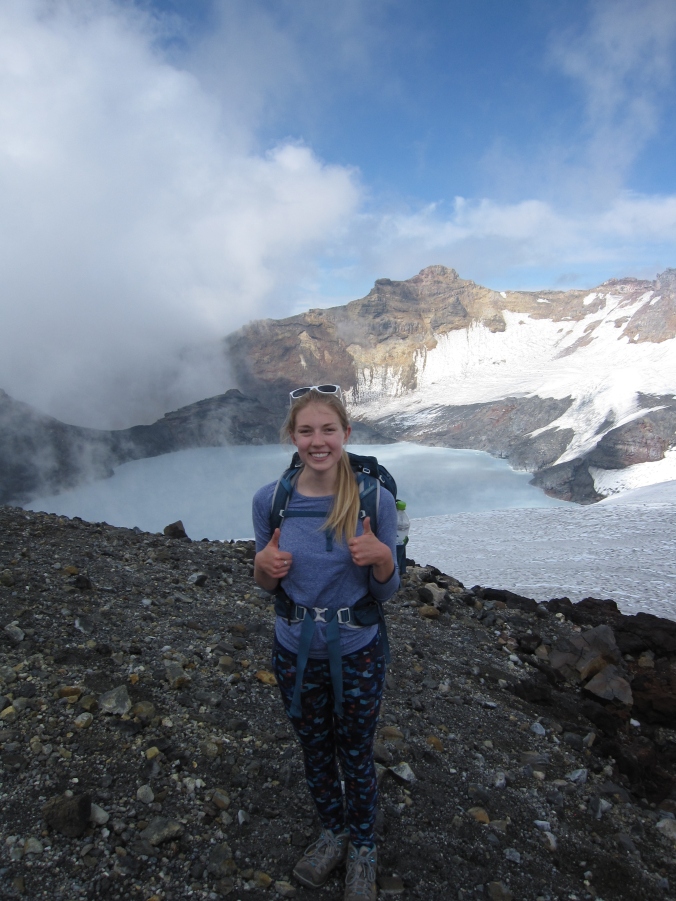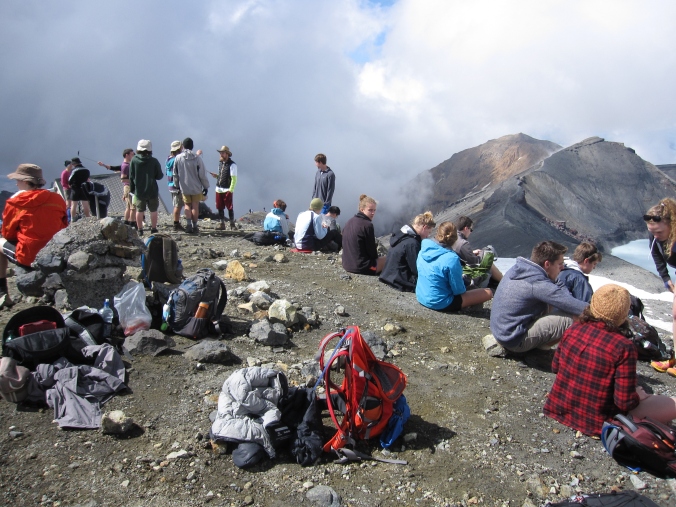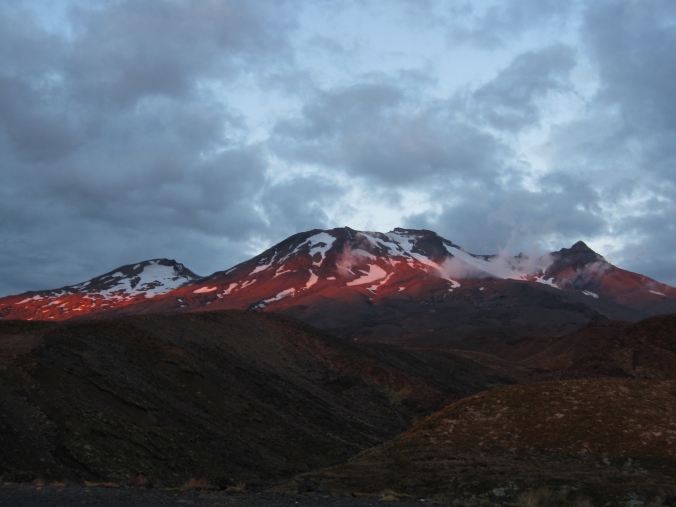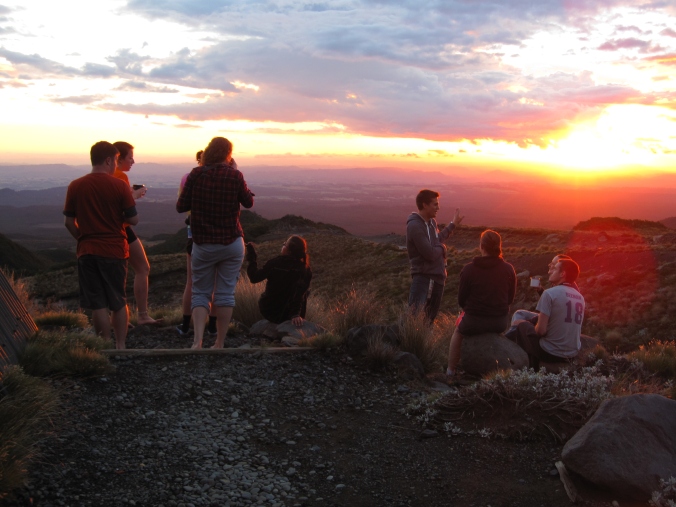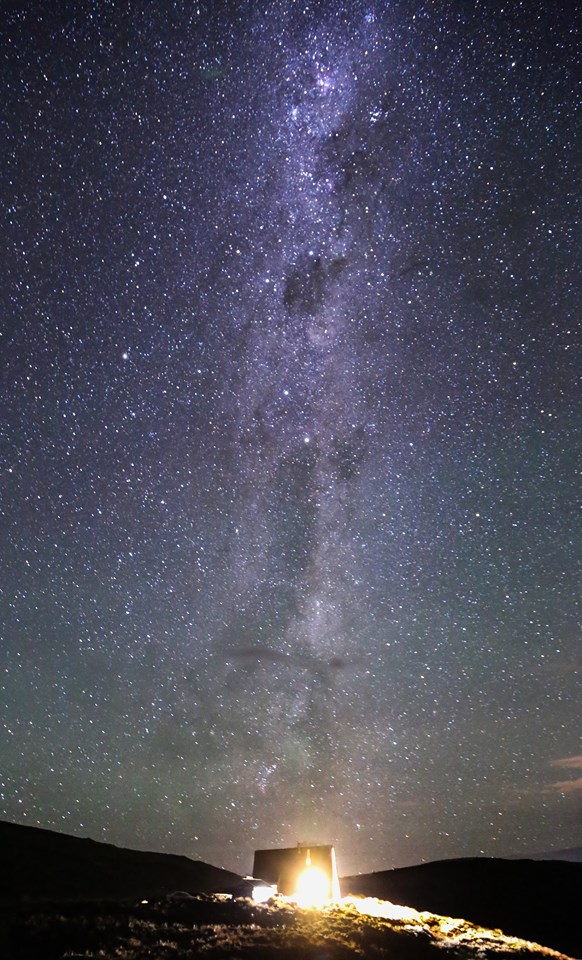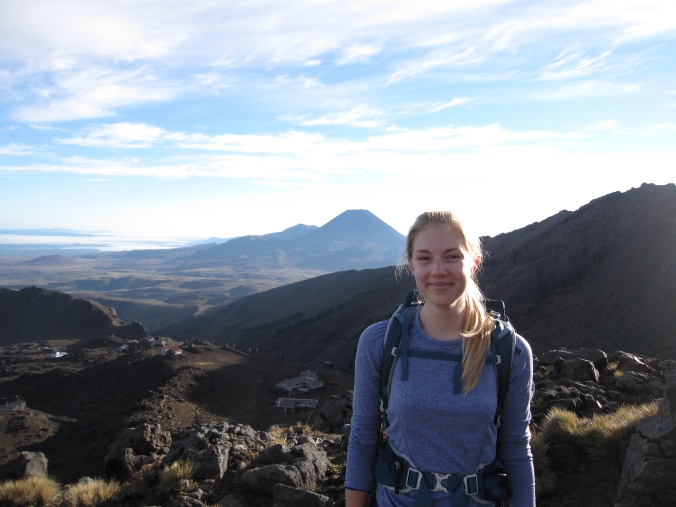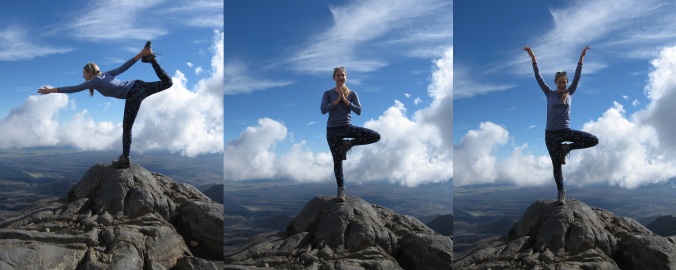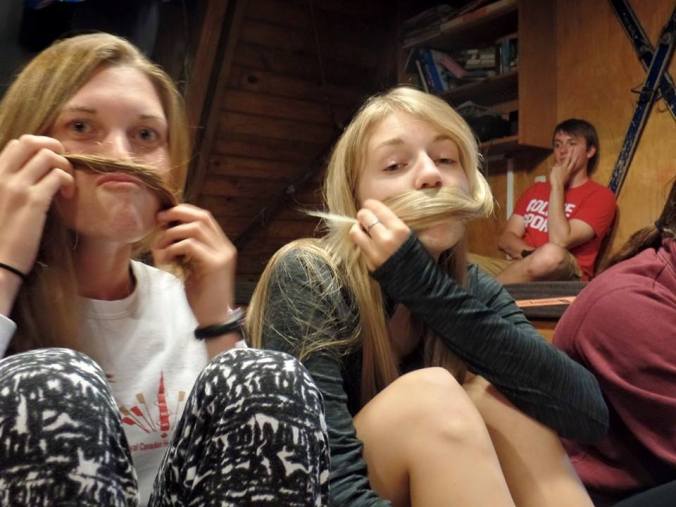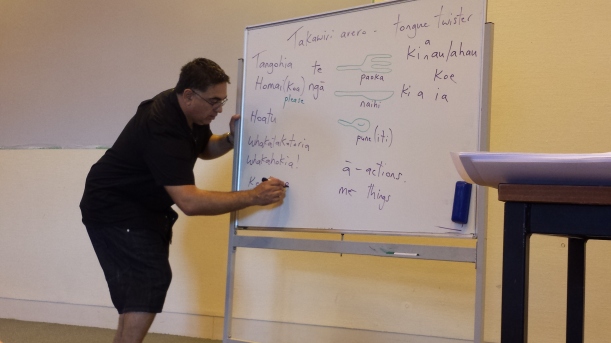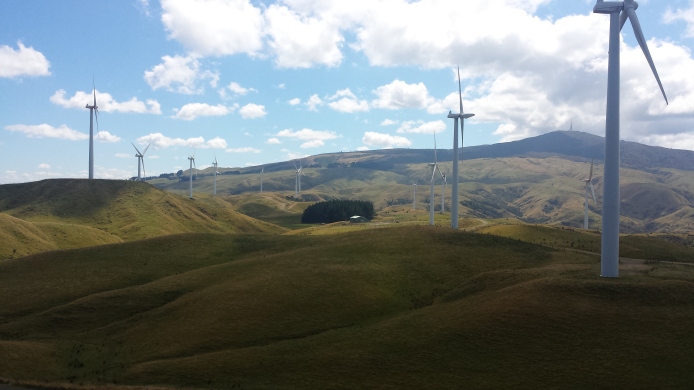Without a doubt, one of the most rewarding things about my time in New Zealand has been the cultural dialogue that many are excited to engage in. It’s made me more aware of things that are specific to America, how things are analogous or different in New Zealand, and how each country views themselves and each other in the context of global relations. I’ve been asked about nearly every aspect of American culture — politics! education! food! — and asked even more questions of any unsuspecting Kiwi who would listen. I posted a few months back about the ways I noticed New Zealand culture to be different; now, I thought it would be interesting to share the questions I’m asked as an American. By far, the most frequently asked question is…
“So…what exactly is a frat?”: Greek life is an American phenomenon, and when you think about it, it doesn’t really make much sense. As expected, most ideas come from pop culture — think Zac Efron in Neighbors, or the Delta Tau Chi crew from Animal House — so the classic stereotype of guys, beers, and partying holds strong in New Zealand. Most are surprised that fraternities or sororities are larger than twenty people, that houses are more like dorms, and that most Greeks spend their time planning philanthropies or recruitment events. Generally, college students here think living in a frat sounds…well, weird. I can’t blame them.
“How does school work over there?”: Although the early school years are very similar between the two countries, America and New Zealand diverge during high school. Getting into university is much simpler here than it is at home; wouldn’t it be nice not to spend two years focused on college applications? Additionally, if you’re not planning on going to college, it’s rare to complete your last year of high school. At the tertiary level, undergrad degrees are 3 years, and programs are pre-set: you don’t pick and choose classes as you usually would in the U.S. Assignments are sparse and exams make up half (or more) of a class’s grade. Objectively speaking, I think school is more difficult in America.
“How does tipping work?”: This one’s sort of a hydra, as once you start explaining it more questions inevitably arise. Tipping doesn’t exist in New Zealand, so it’s a weird concept to wrap your head around. You tip at restaurants, but not at coffee shops. You tip taxi drivers and people who deliver food. You tip when you get your hair or nails done. You don’t have to tip…but you really have to tip. Most often, the question that follows: “Why don’t you just pay people a living wage so you don’t have to tip them?” Touché.
“Your country is so big!”: Okay, so this isn’t really a question — but it still comes up all the time. New Zealand is, relatively speaking, quite small; compared to the U.S., it becomes tiny. When considering the fact that I live in the central part of the country and that it would take four hours to fly to either New York or Los Angeles, this becomes even more apparent. Besides the immense amount of land we occupy, there’s also the huge American population; our 320 million is over seventy times larger than their 4.5 million. And when you consider that the state of Minnesota has over a million more people than the entire country of New Zealand…well, things come into a different perspective.
“What do you miss most?”: I’ll admit that most of the things I miss on a day-to-day basis are all food items. Numbers one and two are, decisively: bagels and Chipotle. The former, in an authentic form, doesn’t seem to exist here. Of course, some would argue that it doesn’t exist outside of New York — but I’ll still relish my first trip to Bruegger’s. Mexican food isn’t really something you see here either, which makes sense considering the U.S.’s proximity to Mexico and our sizable Latino population. Mind you, I’m not calling Chipotle actual Mexican food; I just miss eating burritos the size of my head. I also miss pizzas that are larger than what we consider a “personal” size, graham crackers, and junky breakfast cereals.
Other inquiries have included are school busses really yellow?, do you know the names of all the states?, and the ever-impossible wait, so your biscuits aren’t sweet…?
One thing that New Zealand has made me appreciate about America is how our size contributes to a plethora of regional differences. Think about it: we have countless dialects (looking at you, Northeast), treasured local cuisine, and fierce state pride. I love how diverse the place I live is — how the traditions of immigrants have shaped our culture, and how that process is continual. Chances are if you drive six hours from anywhere in the U.S., you’re liable to find a different set of customs and cultural phenomena.
Speaking of local culture, in a mere sixteen days I’ll be returning to the Scandinavian-tinged, iconically-polite, hotdish-and-“salad”-eating Minnesota. Of course I’ll be excited to get back; I’m already looking forward to morning yoga and summer days in Minneapolis. I can’t wait to see friends and family and see how things have changed since I’ve left. But I know there’s far more I’m going to miss about New Zealand, and my impending departure brings a little more dread every day. I’m trying to enjoy every last second and take stock of the tiny things I’ve come to love here: the freshness of the eggs and butter, the strong coffee, the way the hills look when it’s about to rain. Pictures have documented many of my adventures, but the minutiae of mundane scenes is what I’ll hold onto most strongly. Although my final days will be bittersweet, I’m content with the knowledge that the last four months have been some of the best times in my now-20 years. I get to wake up each morning with incredible gratitude for this opportunity, and I know that won’t fade when I leave.
In the meantime, I’ll be studying for finals, attempting to keep out of the rain, and amassing an unjustifiably large stockpile of Pineapple Lumps to import. I’m sure you’ll hear from me again before I fly out…but in any case, I’ll be seeing some of you soon.
